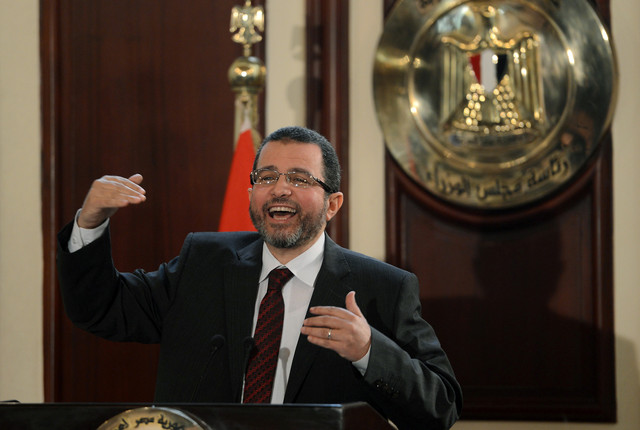There was plenty of grist for the rumor mill this past week, as the Irish government sheepishly admitted that a bailout for its banks may be a wiser option after all.
A side-car victim of Ireland’s lending crisis is the hotel and leisure group Maybourne, which is saddled with $1 billion of debt about a fifth of which needs to be paid off near term. The name Maybourne probably does not ring a bell for most, but its hotel properties certainly do. The five-star luxury hotels Claridge’s, the Berkeley and the Connaught are all about a mile apart from each other in prime West London locations, but behind the opulent appearances is a small mountain of debt.
Enter the Qataris — more specifically the two powerful Sheikh Hamads — one the Emir, the other his cousin the Prime Minister. They are the tacticians of a handful of Qatari investment vehicles that have a penchant for Britain. Advisors behind the throne are indicating interest and their track record once leaks appear are pretty accurate.
It has been a busy year even by Qatari standards. This time last year the US Embassy was snatched up for an undisclosed sum. Once the US vacates the premises, there are plans to turn the Grosvenor Square property into a luxury hotel or flats or both. Back in May, the Egyptian owner of Harrods could not decline the premium being offered for the Knightsbridge institution. Those trophy properties followed stakes in J Sainsbury, the London Stock Exchange, Barclays Bank and Chelsea Barracks.
The rapid pace of deal making initially raised some eyebrows in the City of London, but now each acquisition seems almost commonplace. Britain left Doha nearly four decades ago during the handover, but Qatar won’t be leaving London anytime soon. The Emir also spent a cool $150 million for a luxury flat in Knightsbridge. It all makes sense. He wanted the luxury store in the same neighborhood as his part-time residence.
As a banker familiar with the Qatari Royal family noted, they like to make purchases at a discount (Barclays) or to buy trophy assets (Harrods). In the case of Maybourne’s portfolio it may be able to do both.
This may sound a bit odd for those of us making a decent living in that wide swath of the middle class, but Qatar cannot keep pace with the funds flowing into government coffers. There are just over a million people living in Qatar — a third of whom of Qatari nationals.
The tiny state — which is playing a huge geo-political game — is producing the equivalent of nearly five million barrels a day in liquefied natural gas. It has the third largest proven natural gas reserves and is right near the top in the per capita income league at nearly $90,000 and growing by the day. That is a lot of energy production for 300,000 people.
There is a certain irony in all this. When oil prices collapsed during the late 80s and early 90s, Qatar nearly went bankrupt. The Emir — after nudging his father from power — took a huge gamble, invested heavily in gas to liquids (GTL) technologies and now has a fleet of 54 tankers servicing markets from Asia to Latin America. His pay day has come.
While the two Sheikh Hamads make headlines with their high profile moves in Europe (let’s not forget Porsche and Credit Suisse) they are busy pursuing deals in emerging markets as well. While I was covering the World Islamic Economic Forum in Kuala Lumpur last spring, the Prime Minister inked a $5 billion agreement to invest in property and energy projects in Malaysia. He signed a $1 billion MOU in Indonesia and the Qataris are frequent visitors to Brazil and Russia — two members of BRIC, key players on the energy security front and highly populated markets with growing influence.
Qatar, as they say in boxing parlance, is punching above its weight and this match is just getting started.
John Defterios is CNN’s anchor for Marketplace Middle East. Tune in Fridays at 11:15 and Saturdays at 9:15. For more information go to www.cnn.com/mme.



